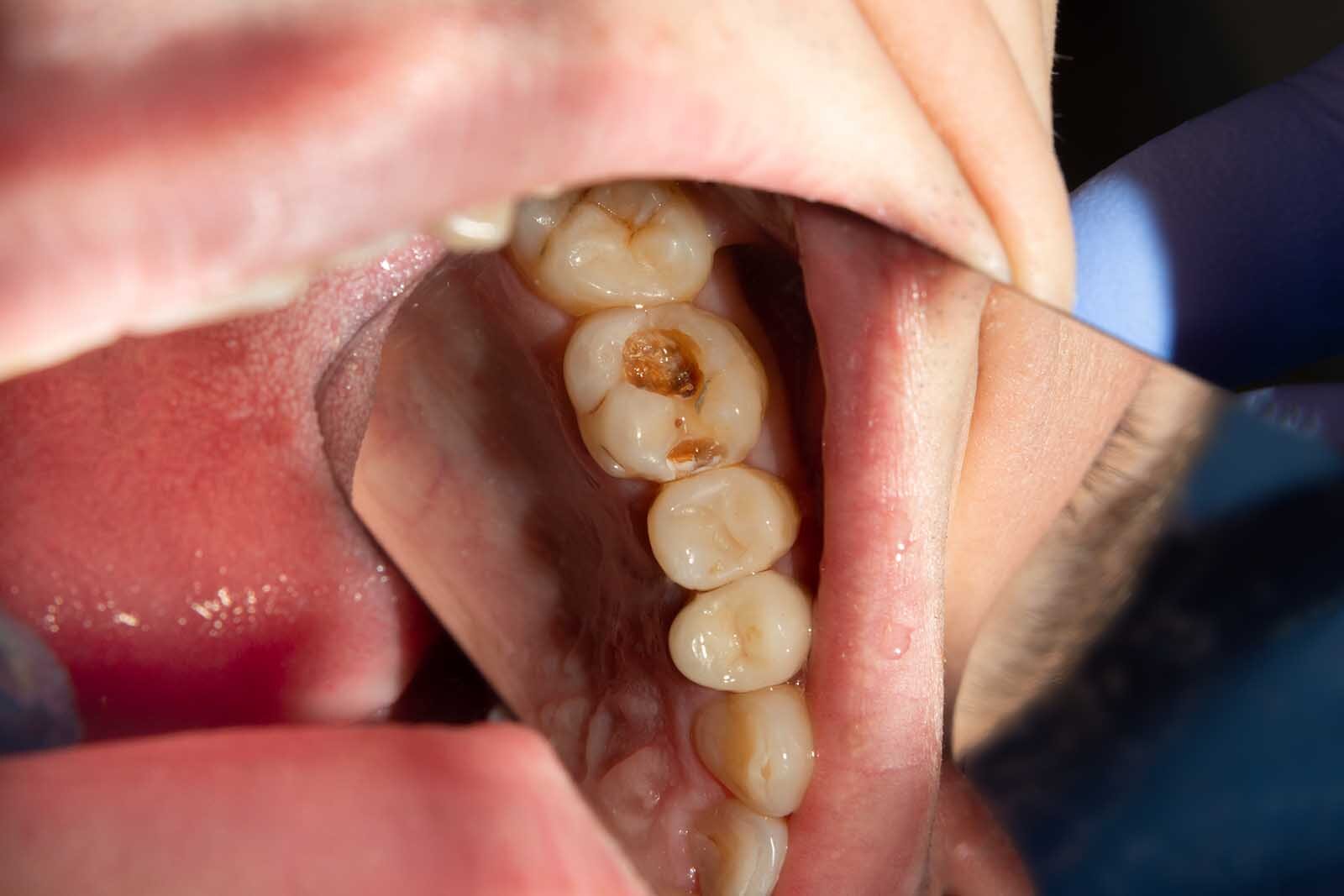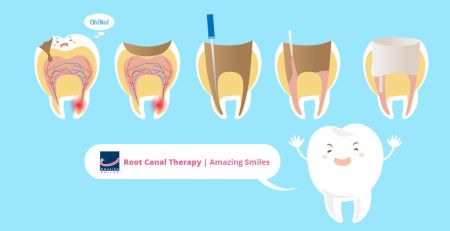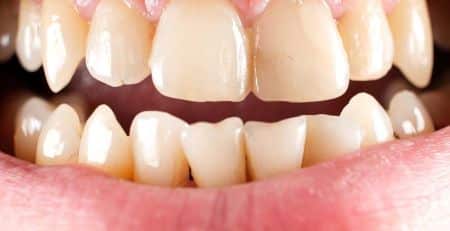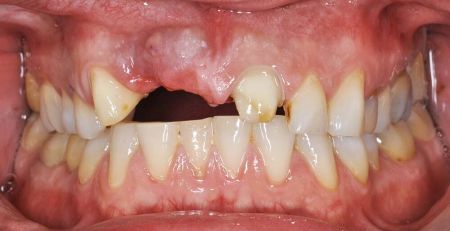Table of Contents
Tooth decay progresses through different stages, each with distinct characteristics and implications for dental health. Dental caries is a progressive process that can occur over time. Here are the common stages of tooth decay:

The following are the stages of tooth decay:
Stage 1: Initial Demineralization & Enamel Caries
At this early stage, the tooth’s enamel demineralises due to acids produced by plaque bacteria. The enamel may show signs of white spots or chalky areas on the surface, indicating mineral loss. Proper oral hygiene and professional intervention can reverse or halt this stage.
Stage 2: Enamel Decay & Dentin Caries
As decay progresses, the enamel is further eroded, forming a cavity or hole in the tooth. The decay now reaches the underlying layer called dentin. Symptoms may include tooth sensitivity and pain, especially when consuming hot, cold, or sweet substances. Dental treatment, such as fillings or bonding, is necessary to remove the decayed area and restore the tooth’s structure.
Stage 3: Dentin Decay & Pulpitis
If left untreated, the decay can penetrate deeper into the dentin, reaching the pulp chamber where the nerves and blood vessels are located. This stage is characterised by increased tooth sensitivity, intense pain, and potential pulp inflammation, known as pulpitis. Root canal treatment may be required to remove the infected pulp and save the tooth. In severe cases, extraction may be necessary.
Stage 4: Periodontitis
It’s important to note that periodontitis is not a stage of tooth decay but a separate condition that affects the gums and supporting structures of the teeth. Periodontitis occurs when gum disease (gingivitis) progresses, leading to the inflammation and infection of the gums, deterioration of the bone supporting the teeth, and potential tooth loss. It is caused by the buildup of plaque and tartar along the gumline. Proper oral hygiene, professional cleanings, and periodontal treatments are crucial in managing and halting the progression of periodontitis.
It’s important to note that the progression of tooth decay can vary depending on factors such as oral hygiene, diet, genetics, and dental care. Regular dental check-ups, early detection, and prompt treatment are vital in preventing tooth decay and preserving overall oral health.
What are the signs of dental decay?
Preventing dental decay is one crucial way to keep teeth and gums in good condition. Healthy teeth are essential to better overall health and to preventing other complications.
Clinical studies have discovered that tooth cavities and decay are among the world’s most common health problems. When left untreated, dental cavities become more extensive and profound in the tooth, which can lead to tooth loss and gum disease. All age groups, including infants, are susceptible to cavities.
What is a tooth cavity?
When bacteria from food and beverages build up on teeth, they form plaque. This bacteria gradually breaks down the tooth’s surface layer (enamel) and inner layer (dentin), consequently leading to a tooth cavity. If neglected, cavities can become more significant and deeper, affecting the nerves and gums.
What are the signs and symptoms of a tooth cavity?
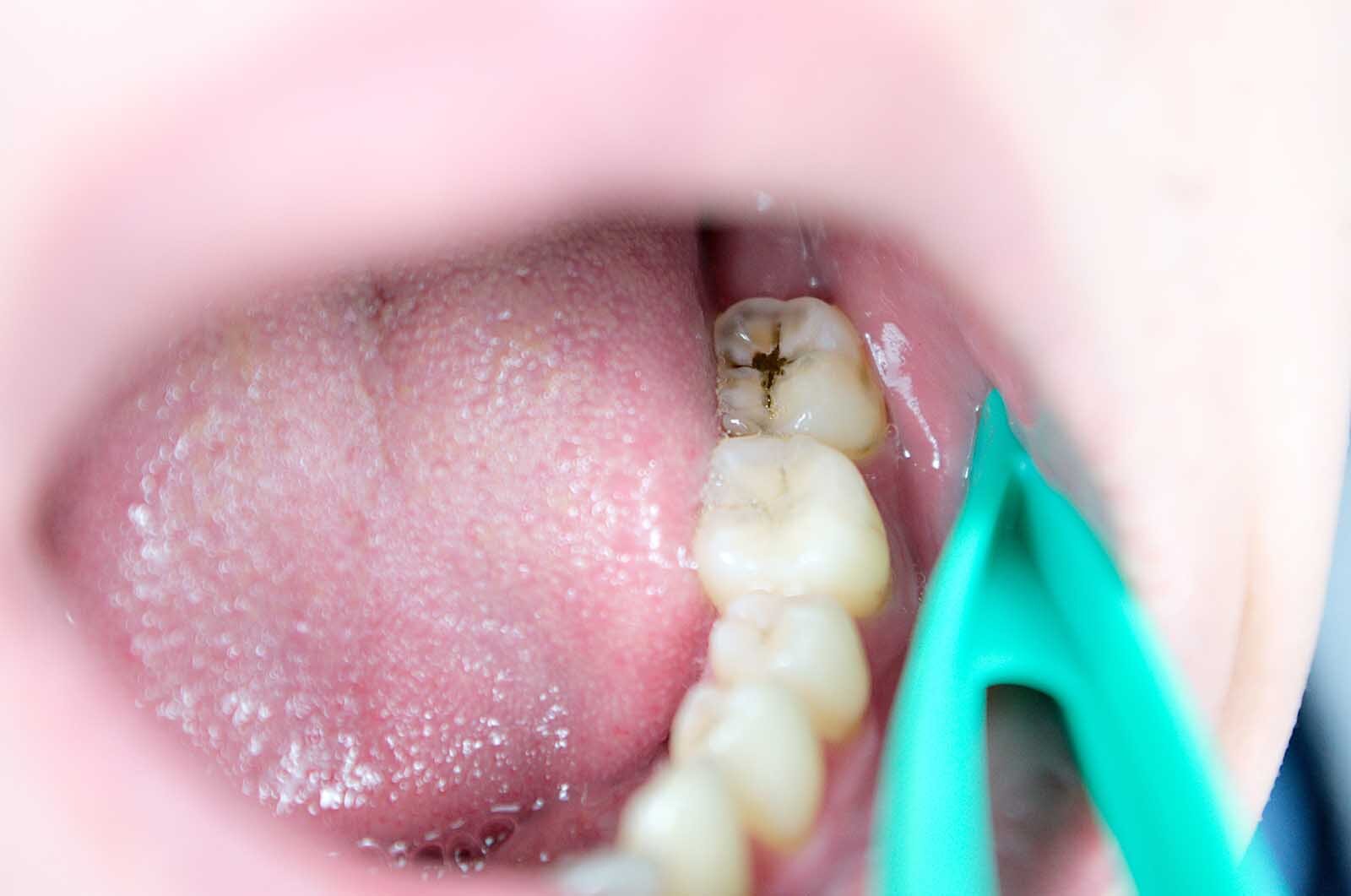
Several different indicators of tooth decay exist. Prematurely identifying tooth decay is vital since cavities can lead to tooth loss and gum disease.
Toothache
Toothaches can either be consistent pain or spontaneous, without an apparent cause.
Sensitive teeth
Experiencing pain after eating or drinking sweets is often caused by damaged enamel and possibly a cavity. Sometimes, lingering discomfort in the affected area may occur after consuming sweets. Tooth sensitivity may increase when eating or drinking hot or cold foods or beverages.
I can visibly see plaque and tartar on my teeth.
The build-up of food and liquids on the surface of teeth begins to accumulate, forming harmful bacteria known as plaque.
Dental plaque is a sticky substance that coats the surface of teeth. Unremoved plaque hardens to become tartar (calculus), a crusty substance that develops on the surface of teeth. Tartar helps shield plaque, making it difficult to remove with standard tooth brushing or tooth picking.
Consequently, plaque acids attack your teeth’s enamel, weakening the outer layers. Once the outer layer is damaged, acids and bacteria attack your tooth’s vulnerable, sensitive interior.
Dental instruments are only capable of removing plaque and tartar. Therefore, reiterating the importance of visiting your dentist regularly.
A hole (pit) or spots on your teeth
The first phase of the weakening of the teeth’s outer layers is surface staining. You may notice surface staining as spots of brown, black or white. As tooth decay begins to advance, stains become darker and more profound.
Unfortunately, patients will experience a hole or ‘pit’ in their teeth when left untreated. Dentists identify unseen cavities using oral mirrors, special instruments and X-rays. Pits between teeth cannot be seen or felt, although you will still experience sensitivity and pain from the cavity.
Bad breath (halitosis)
Poor oral hygiene is the most common cause of bad breath.
Harmful acids and bacteria are the result of the collection of old food and liquid particles in your mouth. This accumulation of trapped bacteria releases foul-smelling gases.
You may also experience an unpleasant taste in your mouth, contributing to bad breath.
Swollen gums or face
Swelling (inflammation) of the cheek, gums, or tooth is a sign of oral infection. Gum swelling can often be linked to bacterial infection or a gum abscess.
However, if swelling persists, it is essential to visit a dentist to determine whether it’s caused by an oral hygiene-related problem or a serious underlying health condition that may require medical intervention.
When should I see a dentist near me?
Suppose you can see or feel a cavity forming on your tooth, particularly if you’re experiencing oral pain. In that case, visiting your nearest dentist for treatment is crucial.
Dentists can identify decay early, look for soft spots, and use X-rays to examine between teeth. Preventing and treating early cavities can stop more significant and costly problems from advancing.
What is the treatment for tooth decay?

Your dentist will analyse your teeth, discuss your pain, and take X-rays. Dentists treat decay using various methods based on the patient’s diagnosis, tooth erosion, and infection severity. Dental options for decay include:
- Scale and Clean (this may be sufficient for patients in the first surface phases of decay)
- Dental Filling
- Root Canal Therapy
- Dental Crown
- Gum Disease Treatment
Practising good oral hygiene habits at home and comprehensive check-ups will help ensure that your teeth remain healthy and prevent dental decay.
Disclaimer: This blog is for educational purposes and does not constitute professional dental advice. It should not replace a qualified dentist’s consultation, diagnosis, or treatment plan. Always consult your dentist or healthcare professional with questions about your oral health. Do not disregard professional advice or delay treatment based on information from this website.

